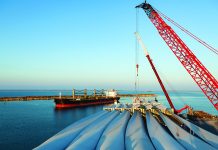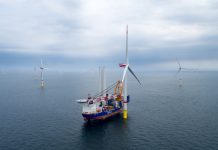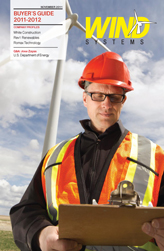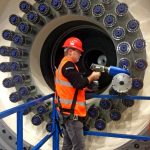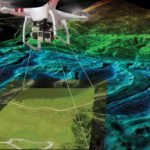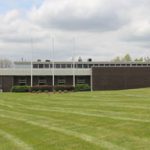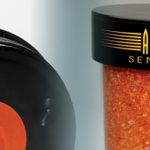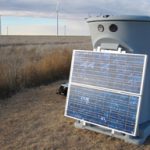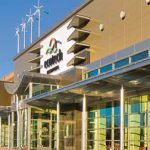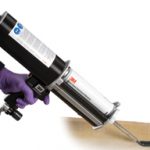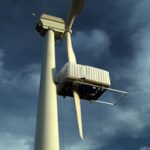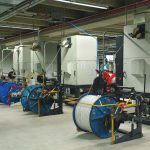When Romax Technology was considering the best location for its new office supporting the North American wind industry, a number of factors played into its decision to choose Boulder, Colorado. One was its existing relationship with the nearby National Renewable Energy Laboratory (NREL), since the company was already a leading member of its Gearbox Reliability Collaborative. Another was its ideal location for better supporting U.S.-based customers, which include wind turbine OEMs and component manufacturers.
“Many overseas manufacturers wanting to introduce their turbines into this market will first have them tested at NREL’s National Wind Test Center,” according to Chris Halse, engineering manager at Romax’s U.S. Wind Technology Center, adding that the company conducted due diligence in the development of the center’s 5MW test stand. “In some cases we’ve already worked with them on their drivetrain simulations, so there would be a certain degree of continuity in being involved in their American launch. And it would be a great introduction to manufacturers that we haven’t had the opportunity to work with yet. Plus, who wouldn’t want to live in a beautiful place like Boulder?
”It’s also a place that’s centrally located to some of the most productive wind sites in the country, a fact that was not lost on the many wind component manufacturers that have built facilities in Colorado in recent years. “It’s an ideal environment for us to exercise our three core strengths,” says Andy Poon, the UK-based director of renewable energy and son of the company’s founder and CEO, S.Y. Poon, Ph.D. “The first is the simulation software we’ve developed, and the second is our work in helping create new drivetrain designs for wind. But it’s really the third area, troubleshooting, that harkens back to our earliest days. When my father started bringing his first Romax paychecks home, they were for engineering consulting services for failure analysis.”That’s a potent mix, especially when considering the critical role that technology will play in bringing wind energy into the mainstream, making the equipment more productive, with longer service life and fewer maintenance requirements, and less expensive to produce. “Whether it’s designing, testing, operating, or improving upon existing designs, we have extensive experience in the complete loop of a turbine’s service life,” Poon says. “We want to be involved in the whole lifecycle of the drivetrain.” At the core of Romax’s simulation and design activities is its proprietary RomaxWIND software. Described as “a virtual product development and simulation environment for the design and analysis of wind turbine gearboxes, bearings, and drivetrains,” the software package provides a unique understanding of how components interact within drivetrain systems, helping designers avoid problems caused by system deflections such as spline, bearing, and gear mesh misalignment. RomaxWIND is an offshoot of the company’s successful RomaxDesigner software used primarily in the automotive, power generation, aerospace, off-highway, and construction industries for the past two decades.
As for its broad range of consulting services, they include strategic consulting, design services, review and optimization, analysis and modeling, certification and testing, and training, among others. “Just as we use our simulation software to leverage better gearbox, drivetrain, and component designs, we possess years of experience in a wide variety of markets to the benefit of the wind power industry,” Halse says. “We’re also in a position to help our clients understand the condition monitoring data they’re gathering. It’s one thing to record that information, but quite another to harness it in keeping your most important assets operational and generating revenue.”
Poon agrees, saying that “more and more we’re finding ourselves working with operators to help them interpret condition monitoring information, because you want to be able to read the signals your equipment is sending in order to avoid failure in the first place. We’ve found that owner/operators in Europe tend to focus on preventive maintenance, and the U.S. market has now matured to the point that it’s becoming the primary concern there as well. And that’s much more productive than waiting for a breakdown before addressing the root problem.”
Established more than a year ago—and overseen by vice president of engineering Ashley Crowther, Ph.D.—the Romax U.S. Wind Technology Center has already made a name for itself as an invaluable resource to the North American wind industry, helping pave the path toward a brighter and greener future. “We’re looking to position ourselves as drivetrain thought leaders for manufacturers, designers, and owner/operators,” says Poon. “We want to play a central role in helping shape the future of the wind industry.”
To learn more:
Call (303) 351-5418, e-mail sales_us@romaxtech.com, or go online to www.romaxtech.com/wind.

















